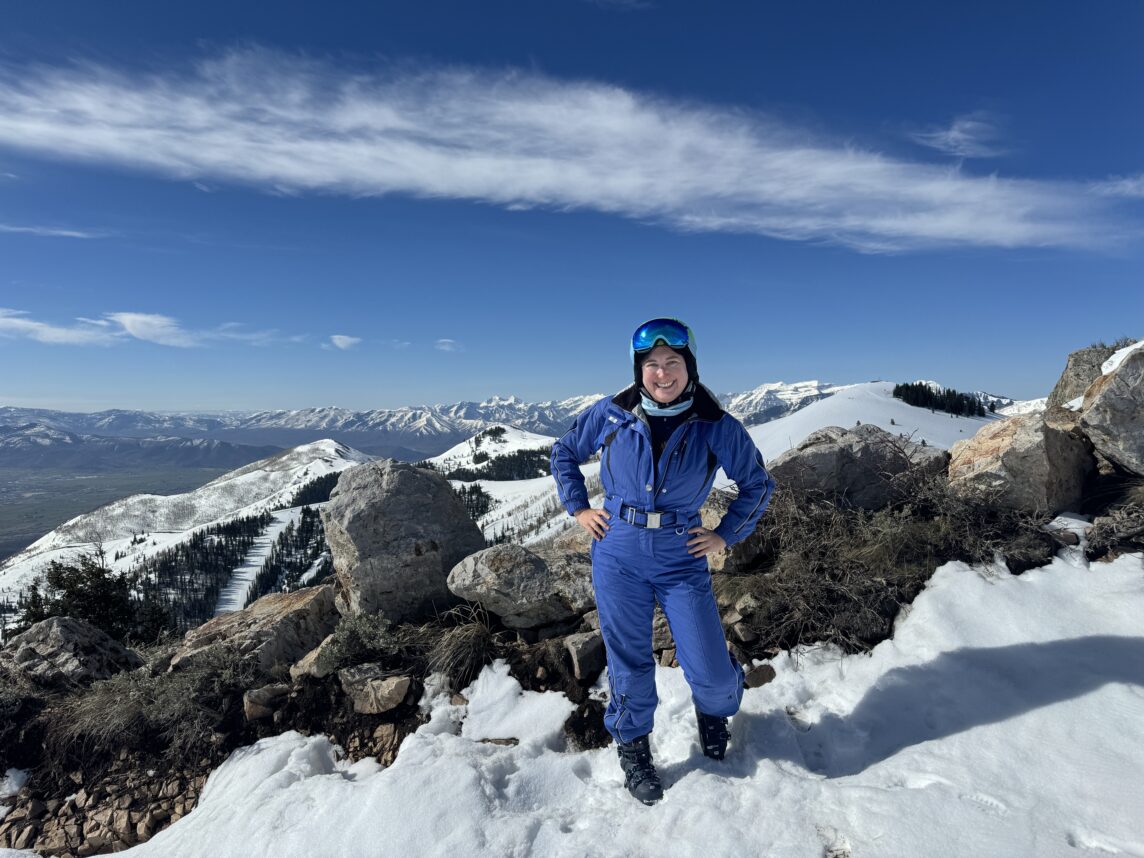On a rocky hillside in Mardan, Pakistan, in the 1990s, filmmaker Simcha Jacobovici stared in awe at a hulking pillar covered with faded script. The stone was an ancient propaganda sign, one of many that had been placed throughout a Buddhist empire 2,300 years ago. But while the other stones appeared in Sanskrit, the archaic language on this tablet was Aramaic.
“In other words, the people then living here spoke in the everyday language of the Israelite tribes,” said Jacobovici, whose “Quest for the Lost Tribes” screens at the upcoming Pacific Jewish Film Festival.
The documentarian was even more startled when his Muslim guide, upon learning he was Jewish, tearfully embraced him and said, “You are my brother.”
“I thought, ‘Am I making a film or am I turning into the reporter from [the biblical] Armageddon?” he said.
“Quest” traces his six-month trek from Tunisia to China, as he sought present-day descendants of the 10 tribes exiled to Assyria 2,700 years ago. While scholars believe the captured Jews disappeared into the pagan melting pot, Emmy-winning Jacobovici (“The Struma”) began considering another possibility around 1991.
Ethiopian Jewry had just been airlifted to Israel, after chief rabbis ruled they were descendants of the tribe of Dan; an Orthodox rabbi claimed he had discovered Jews who wanted to make aliyah on the Burmese-Indian border. Jacobovici promptly recalled the biblical prophesy predicting the lost tribes would return to Israel at the end of time. Using locations cited in scripture, he began tracking down sects that practiced Israelite customs: In Kaifeng, he discovered men who kept menorahs; on the Burmese-Indian border, he encountered clans people who believe they’re progeny of the Israelite tribe, Menashe, and have a Star of David on their flag.
He also met scholars, such as the Israel Museum’s Rivka Gonen, who said his theory “is in the realm of religious belief, rather than … reality.”
Jacobovici disagreed, citing how scripture lists the location of one of the lost tribes as Havor by the river Gozan (he found Muslims practicing biblical law near a city called Peshawar, pronounced Pesh-Havor, by the river Gazni).
“I think it’s more than coincidence that these people are exactly where they’re supposed to be, according to the biblical map,” he said.
Jacobovici and his films will be honored at the festivalFeb. 15. For information, visit www.pjff.org.






















 More news and opinions than at a Shabbat dinner, right in your inbox.
More news and opinions than at a Shabbat dinner, right in your inbox.